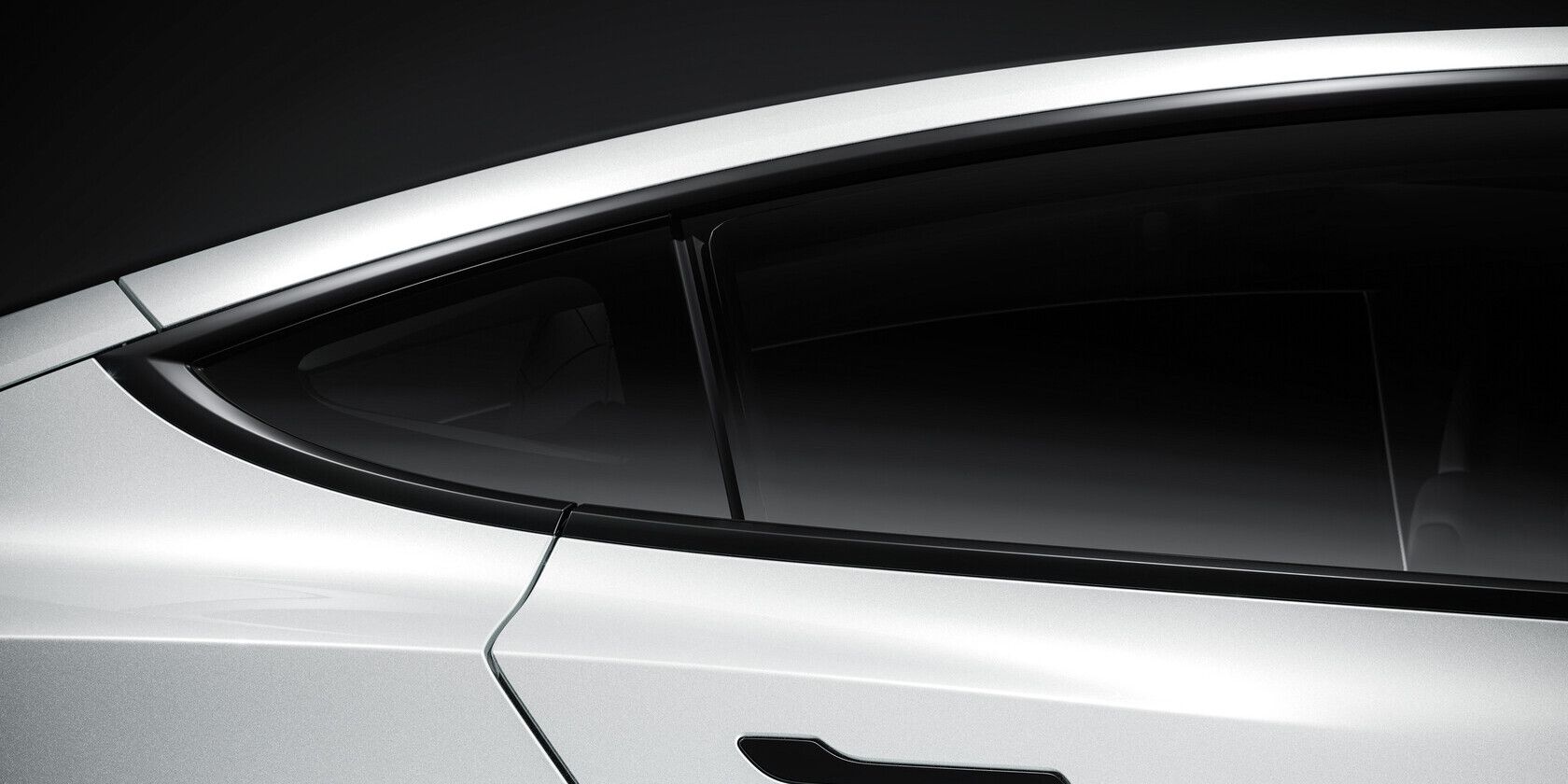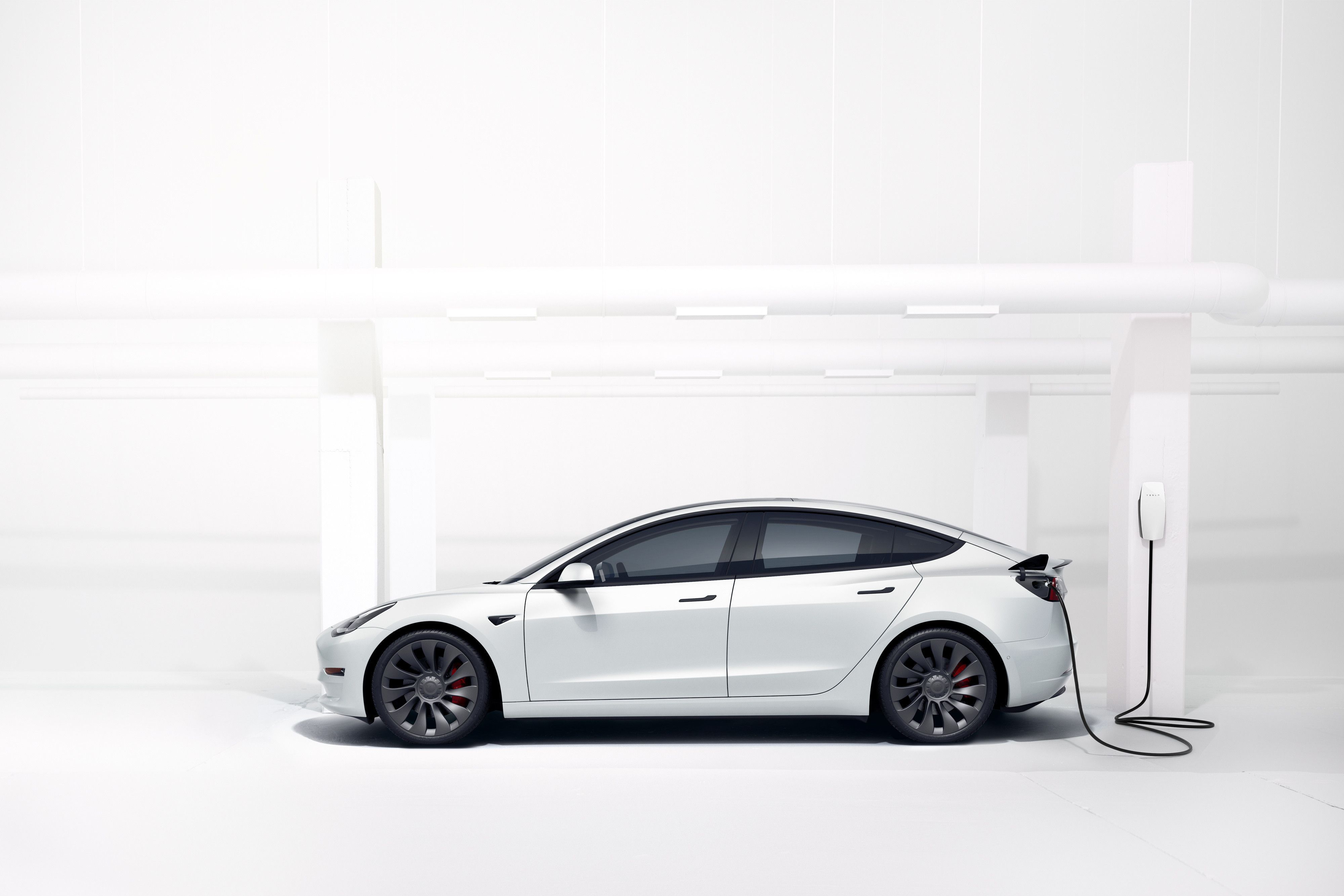Tesla has made headlines with its voluntary recall of 1.1 million vehicles due to a window-safety problem. Is this a dangerous safety issue or an instance of media sensationalization?The truth falls somewhere in between. To understand exactly where, we need to understand the nature of the window malfunction, the afflicted models, the expected fix, and how Elon Musk reacted.
What's Wrong With Tesla's Windows?
The National Highway Traffic and Safety Administration (NHSTA) wrote to Tesla [PDF] that windows could exert "excessive force by pinching a driver or passenger before retracting."
The problem involves a common feature in modern vehicles known as the Auto-Reversing System (ARS), which stops windows from continuing to go up if an obstruction is detected.
Imagine a dog with its head out the car window. Busy soaking in the scenery, their paw makes contact with the window's up switch. The window will start to rise, but—if ARS is working properly—sensors will detect the dog. In response, the window will roll back down, either completely or entirely. Before this safety feature became common, windows did keep going up regardless of what was in their path.
Tesla discovered they had a potential window pinching issue during production testing, a quality control process during which manufacturers test products to eliminate defects before they reach the public. Tesla detailed the chronology of how it uncovered this issue in its Part 573 Safety Recall Report [PDF].
In August 2022, Tesla technicians noticed the problem and began to conduct tests on each model using different window positions and spring rates. After analyzing the results, Tesla determined the pinch detection and window retraction weren't in compliance with Federal Motor Vehicle Safety Standard number 118, known as "Power-Operated Window Systems."
In response, Tesla issued a voluntary recall. A voluntary recall is initiated by the manufacturer, often preemptively; an involuntary recall is issued by a regulatory agency, typically in response to documented injuries or harm.
Which Models Are Affected By the Tesla Window Recall?
The recall affects the 2020-2021 Model Y, the 2017-2022 Model 3, and the 2021-2022 Model S and Model X Teslas. Though no injuries have been reported, it's prudent to exercise extra care with the windows, especially around children and pets, if you're driving one of these models.
As per the Part 573 Safety Recall Report, Tesla's windows won't have this problem going forward. Tesla vehicles in the production and pre-delivery phase will receive a firmware release to correct the issue.
How Will Tesla Fix the Faulty Windows?
An over-the-air (OTA) software update is expected to solve the issue. Tesla owners will receive a letter sometime in November 2022.
Elon Musk responded to a tweet that pointed out the window issue was not a physical recall but a software issue. He described the corrective measure as a "tiny over-the-air software update" and suggested that the word "recall" was no longer appropriate.
Semantics aside, a downloadable fix means owners will be happy they don't have to visit a service center. Even with multiple "recalls" this year, Tesla models are among the safest of EVs, and this particular issue is unlikely to cause any long-term implications or tarnish their reputation. Unlike Toyota's BZ4X recall because the wheels could fall off or GM's recall of third-row seatbelt buckles, this seems minor in comparison.
The Future of Recalls
Due to increasing technological complexity in vehicles, OTA updates will likely eliminate the need to physically visit the dealer for many repairs. While Tesla's window "recall" affected over a million cars, the inconvenience it will cause owners is minimal. Whether you consider it a recall or a software update, the fact that the company detected the issue before it was known to cause any harm is reassuring.



